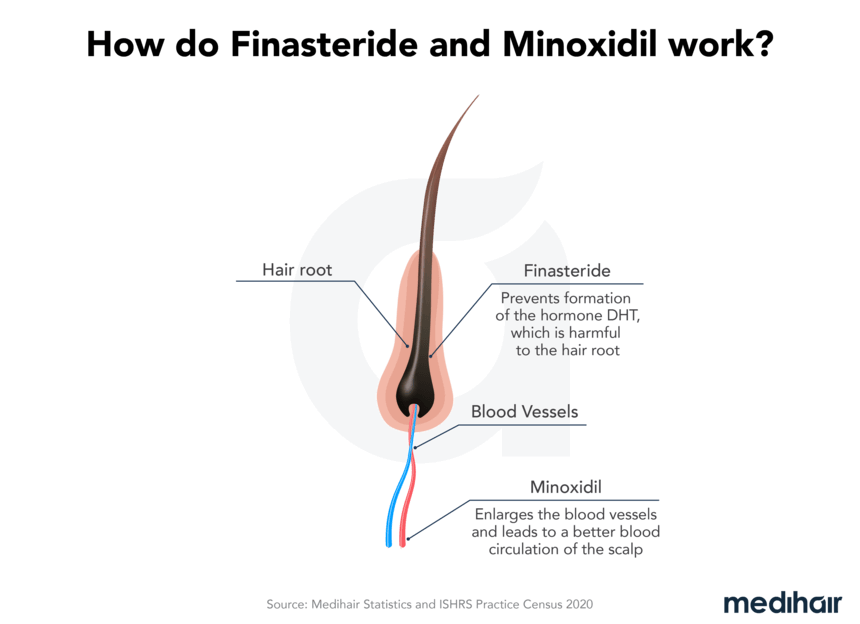Do you need to take minoxidil after a hair transplant?

Hair transplant may be a permanent solution but it cannot stop the hair in other areas of the scalp from falling off due to the presence of DHT. Medications such as minoxidil are taken in order to speed up the results and preserve hair transplant results in the long run. Learn all you need to know about minoxidil, its usage, side effects, and more.
In a Nutshell
| Forms | Solution, Foam, Oral tablets |
| Use of Minoxidil | Prevents hair loss, improves longevity |
| Pros | Promotes hair growth |
| Results | After 4 months usage |
- Free
- Fast
- Non-binding
| Pros | Cons |
|---|---|
| May promote the regrowth of newly transplanted hair and helps the hair grafts grow faster. | Patients have noticed increased hair growth in other parts of the body. This side effect is more common among women |
| Minoxidil may reduce chances of experiencing shock loss or shedding after a hair transplant especially for women. | May cause side effects such as skin irritation, itchiness and redness on the scalp. You may also experience headaches, leg swelling and palpitations |
| Minoxidil slows down further hair loss, preserving your existing hair so you can enjoy long-lasting results. | It cannot regrow new hair and only slows down hair loss. Minoxidil is only effective as long as you continue its usage. |
Frequently Asked Questions
Can Minoxidil damage transplanted hair?
What will happen if I don't use Minoxidil after a hair transplant?
Sources
